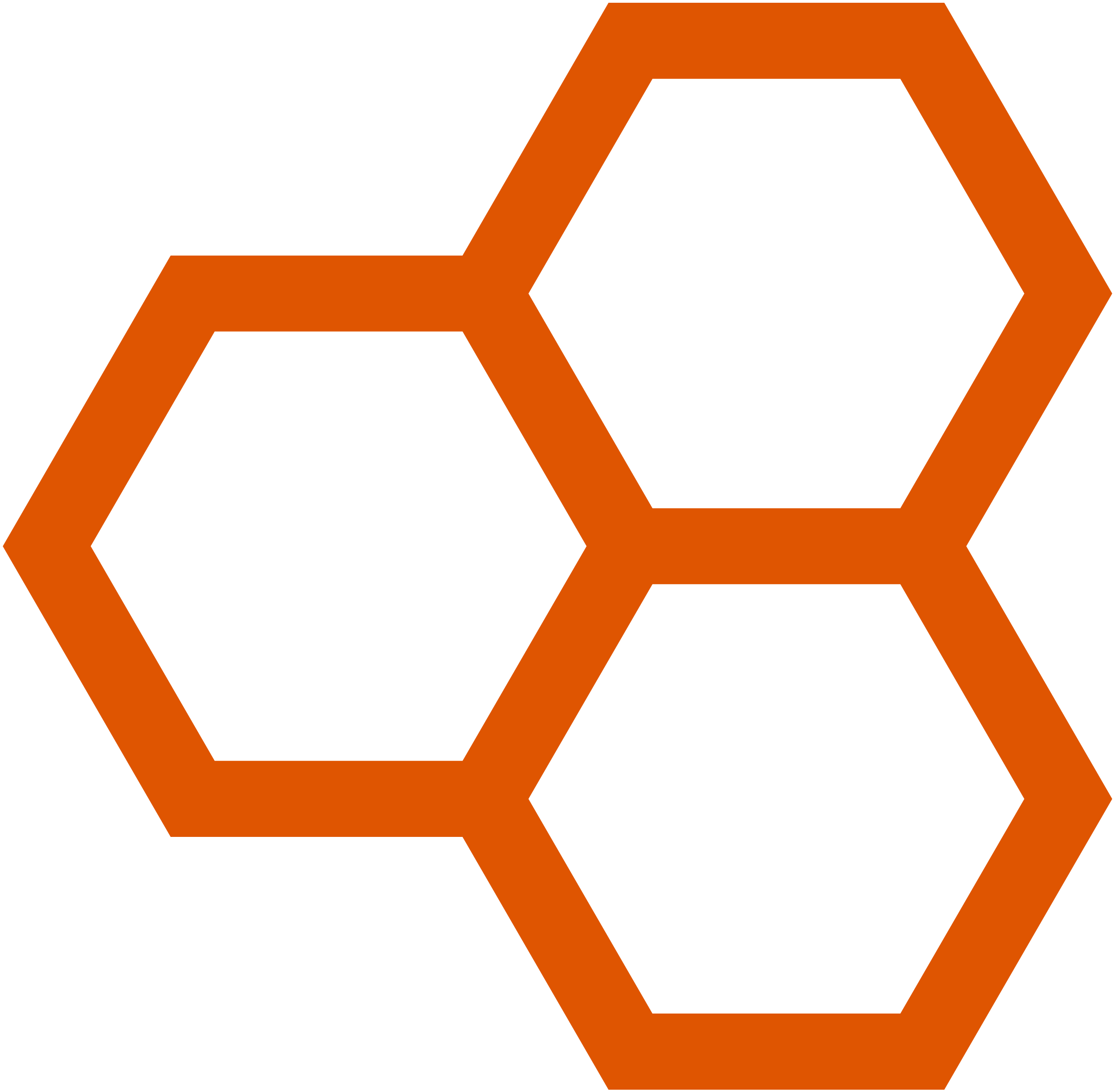Communication remains an ongoing challenge for businesses, despite the evolution of knowledge and technology. Why is this?
The beginnings of communication date back to the dawn of humanity, when the first hominids began to exchange information through body language, gestures and sounds. As human society evolved, communication progressed through various phases and evolutions over time.
A major milestone in the history of communication was the invention of writing, which enabled humans to transmit information across time and space. Ancient civilizations such as the Sumerians, Egyptians and Chinese developed complex writing systems that facilitated communication and social organization.
Gutenberg’s invention of the printing press in the 15th century revolutionized the dissemination of information by enabling the mass production of books. This facilitated the spread of ideas and contributed to the rise of the Renaissance, the Reformation and the Enlightenment.
Over the last few centuries, telegraphy, the telephone, radio and television have opened new possibilities for long-distance communication, bringing people closer together and spreading information on a global scale.
The development of the Internet and digital technologies at the end of the 20th century marked a new era in the history of communication.
Social media, e-mail, instant messaging and smartphones have transformed the way people interact, share information and build online communities. Today, communication is ubiquitous and takes place across a multitude of platforms and devices. Technological advances continue to redefine the ways in which we communicate, creating both opportunities and challenges in our increasingly connected and interdependent world. Despite the development of new tools and technologies, the objective remains the same: to communicate and be understood.
This evolution in communication, like any evolution, brings with it its share of human and professional impacts, whether beneficial or not. Communication plays a vital role in our performance, our moods and our relationships. Here are some key impacts bringing benefits to facilitate optimal human communication;
Reduced misunderstandings: Effective communication enables team members to clearly understand their objectives, expectations and tasks. This reduces misunderstandings and conflicts, an important issue in interpersonal relations. In business, errors and delays are reduced, leading to an increase in overall productivity.
Strengthening the spirit of collaboration: Open and transparent communication fosters an environment where people feel valued, listened to and respected. This strengthens bonds between community members and fosters collaboration, which can improve job satisfaction as well as strengthen interpersonal bonds.
Increased innovation: Effective communication encourages the sharing of different ideas and perspectives. This can stimulate creativity and foster innovation within groups, as people feel encouraged to contribute their ideas without fear of judgment.
Better problem-solving: Open communication enables people to quickly point out problems and challenges encountered in their work or daily lives. This enables proactivity and appropriate resolution to challenges, minimizing negative impacts to maintain everyone’s satisfaction.
Increased overall satisfaction: Effective communication between the various intermediaries enables a better understanding of their needs and expectations. This leads to better feedback, faster responses to requests and concerns, which can reinforce trust and loyalty.
Human development: Open, constructive communication fosters human development, both professionally and personally. Regular feedback, discussion of goals and expectations, and opportunities for training and mentoring. This enables individuals to progress in their careers and lives to reach their full potential.
On the contrary, poor, clumsy communication can bring its own set of problems. Work-life balance can suffer. So can relationships with colleagues and loved ones. We often see this in written messages, misunderstood because we can’t hear the tone or see the facial expressions of our interlocutor. Here, then, are some of the discomforts of poor communication.
Stress and frustration: Ineffective communication can lead to misunderstandings and mistakes, which can generate stress and frustration for individuals. Lack of clarity and direction can also make people uncertain about their responsibilities and expectations (from others or their job), adding to their stress levels.
Reduced motivation: When people don’t feel listened to or involved in communication, their motivation can decline. Lack of recognition and constructive feedback can also reduce their commitment to their work and relationships.
Interpersonal conflict: Poor communication can lead to misunderstandings and misinterpretations, which can fuel interpersonal conflict. Unresolved tensions can disrupt the working or relational climate, undermining the collaboration and cohesion normally present.
De-motivation and disengagement: When people feel excluded or neglected, they may gradually disengage from their existing ties. Lack of clarity and participation can lead to feelings of disinterest and disconnection.
Decline in personal satisfaction: Ineffective communication can have a negative impact on overall satisfaction at work and in their personal lives. Lack of open communication and support can make humans less satisfied with their environment and relationships.
Reduced performance: Misunderstandings, delays and errors caused by poor communication can affect a group’s overall performance. When information is not communicated effectively, it can lead to inefficiencies and wasted time, reducing performance and commitment to shared professional or personal projects.
There are also the 3 parts of the human mind, key elements in communication, which can facilitate or complicate this action:
1-Affective: our emotions, motivations, preferences and personality greatly influence our tone and approach.
2-Conative: our instinct to act, which informs us about our strengths, such as our ability to probe, simplify, explain or specify, which can bring potential conflicts depending on the strength of each party; our modus operandi for making decisions and solving problems, which, when different and unfamiliar, can also complicate the whole communication process.
3-Cognitive: our knowledge and skills provide tools, processes and procedures.
Understanding them and integrating them into our daily routine will bring fluidity, synergy and productivity.
Building the foundations of transparent, effective and empathetic communication is necessary to maintain harmony and balance in all spheres of our lives. With colleagues, friends, family and children, every word can make a difference. The expression “turn your tongue seven times before speaking” doesn’t come from nowhere. It’s best to weigh our words to get the results we want. Let’s communicate the right information in the right way to the right people. Kindness should guide our words and interactions to create a climate of communication that is effective and comfortable for all.
What do you think?
Click here to make an appointment to discuss your communication challenges and solutions
Photo Yan Krukau

